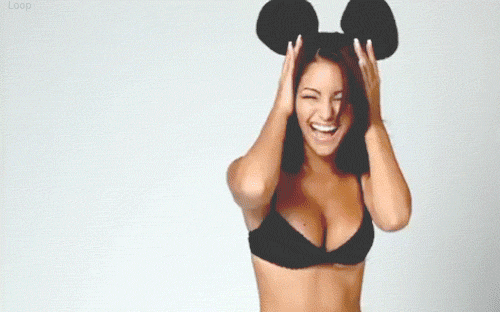

Her face is completely blotchy which is something we absolutely do not want. In turn, this made the door look horrible.īy turning the dithering even lower, even the flat surfaces start to look bad. By lowering the % dither to 99%, we remove any grain in the flat surfaces of the character. Let’s say the character had a few specs of grain when on 100% dither when set to diffusion.

A good way to tell when pattern will look clean, is to see if diffusion has no grain specs in flat surfaces. You’ll notice that when you’re in diffusion and there’s a tiny little bit of grain, this will translate to a very clear patterned form of grain in pattern.

The downside of pattern however is that you won’t be able to get super smooth flat surfaces. As the name implies, it creates a pattern within your image that will create the illusion of smoother gradients. Pattern is the safe choice for your gifs.

I personally hardly ever save my gifs on regular diffusion. Your flat colours however, will look pretty good with little grain. The problem with diffusion is that it won’t make your gradient colours look great majority of the time. Let’s take a gif and save it in different ways. What settings you use are completely dependent on the type of scene you have in front of you. Note: This has been taken from the tutorial "save for web explained". We just want to get rid of some blotches and grain, not of the detail of the animation. The higher you make these numbers, the more texture detail you can lose and the more faded your lines can get. I generally use the setting 1 to 2 or something like that. If the radius is high then the threshold has to be lower and visa versa. Don't go over 3 or 4 in either of the input fields. You can find surface blur in Filters > Blur > Surface blur. ^ Without surface blur (grain clear in skirt) This means that a low amount of surface blur can remove small specs of grain without doing anything bad to the image. Surface blur attacks flat surfaces in your images while leaving clear lines in tact for the most part. Any type of blurring will remove a small amount of detail. Something really common used by anime gif makers is surface blur. If anything I'd say a general rule of thumb to follow isn't about altering colours, it's to avoid brightening colours too much. This doesn't mean you can't experment with colour. Hence why you want to avoid overediting/colouring. While you can darken something without many consequences, when you brighten something that wasn't originally like that, you're going to reveal blotches and pixelation within the colours. To summarise what I wrote there, you basically want to avoid drastically changing the brightness and exposure of your image. I've talked about this a little bit before in my tutorial about pastels and basic colour theory. This means they'll appear clean even though lots of different stuff is going on. While all these gifs have a lot of cuts, they all share very similar colours. Rather, it's something to consider when you find yourself with a lot of grain and perhaps 10 different cuts in the same GIF. This doesn't mean you should only make gifs with one cut in them. This is because rather than spreading the 256 colours over two separate scenes, it only has to focus on one. Separating them would make the scene appear cleaner. These are two pretty different cuts with different colours. Text coming Colourful gifs Monotone Gifs Black and White Cuts in the scene All those colours, have to somehow fit within that 256 colour limit. Not to mention, most gifs will have at least 30 frames, meaning 30 times an image that can contain 162,000 unique colours. That's 162,000 pixels that can be filled in with a unique colour. The average tumblr GIF is about 540x300 pixels. The main source of grain is how the GIF file format limits the amount of colours it can contain to 256. A great adittion to this specific guide is " Save for web explained" tutorial". If you're not at that stage yet, I highly recommend my other tutorials. This tutorial is written with a basic knowledge of gifmaking and Photoshop in mind. This tutorial will cover the best ways to deal with grain in order to achieve higher quality gifs. However you might have been agonising over that one little blotch or pixel that's out of line in the gif you're trying to upload.


 0 kommentar(er)
0 kommentar(er)
